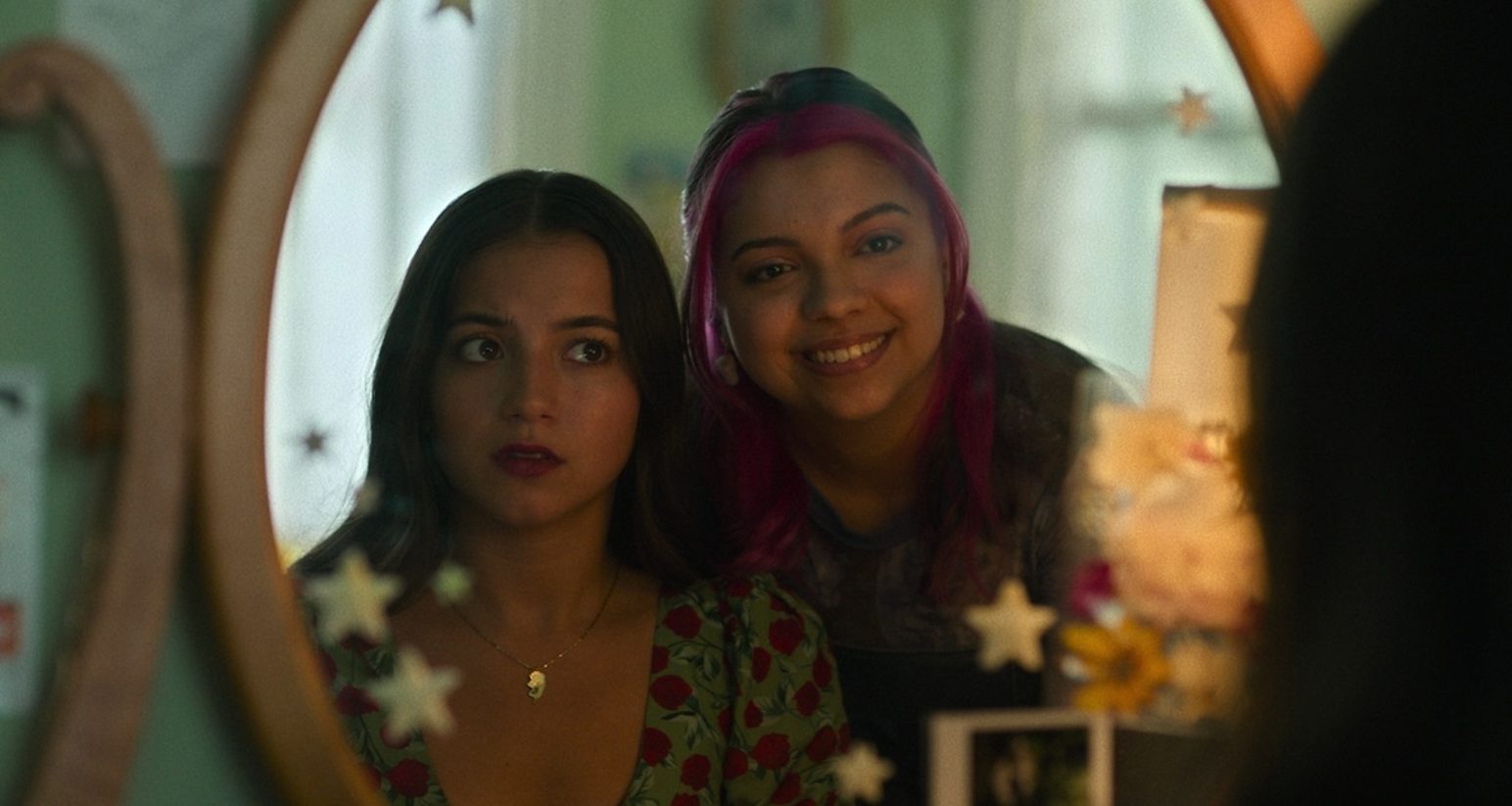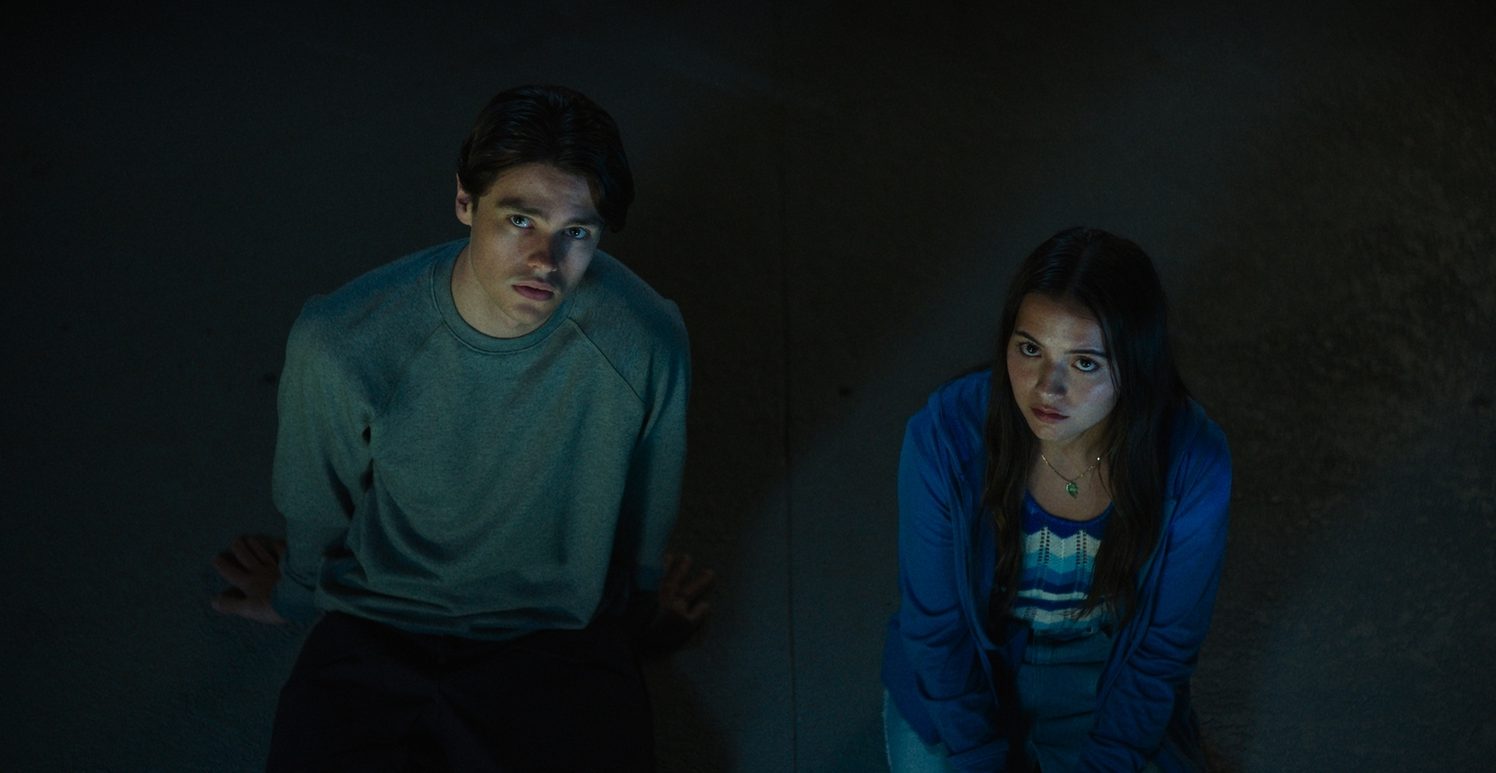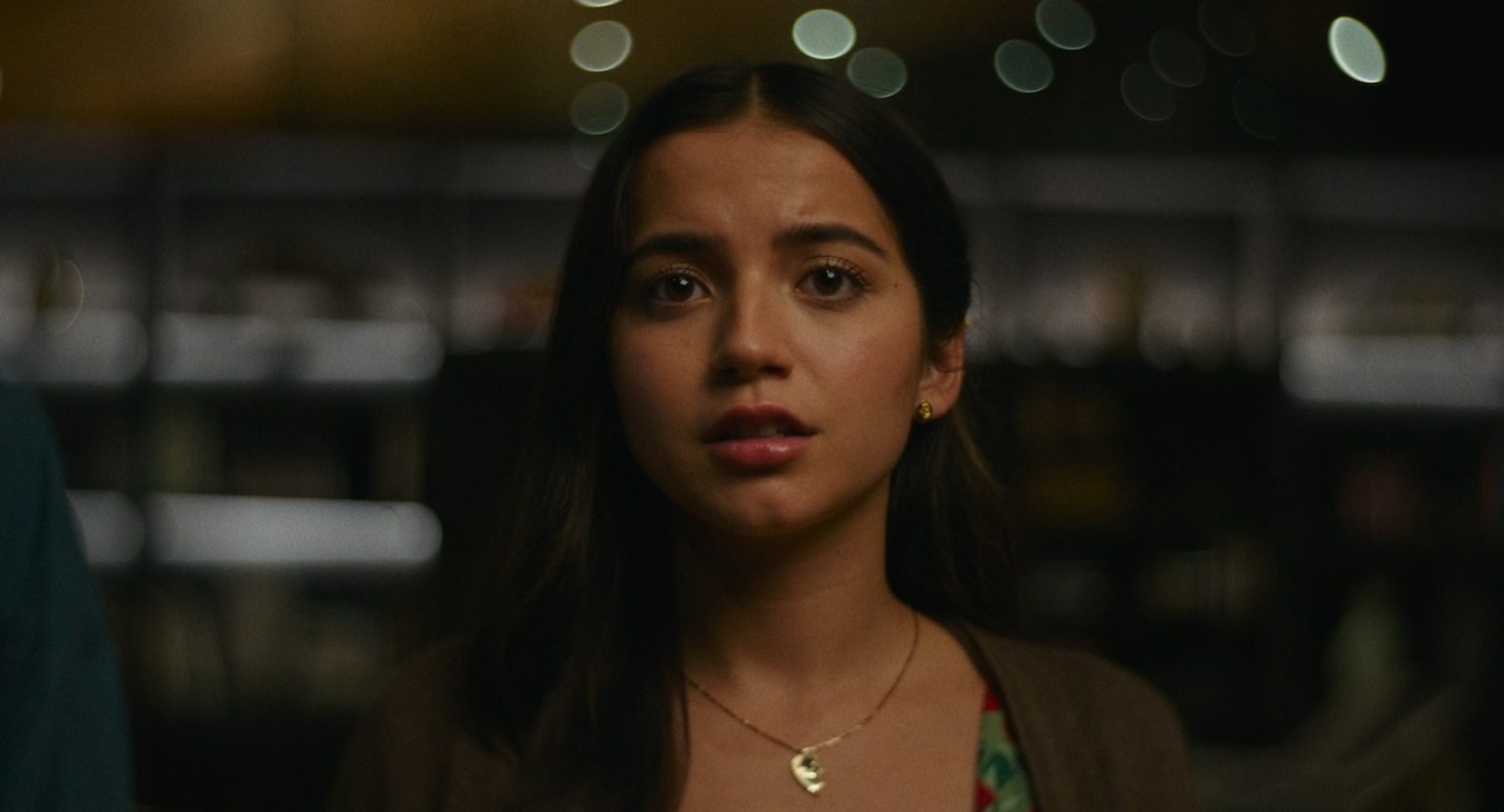In HBO Max’s ‘Turtles All the Way Down,’ a teenage girl navigates romance and friendship complicated by the disorder she has been trying to get a hold of her entire life. Aza Holmes has OCD, and she is bombarded by all kinds of thoughts, especially if she comes in contact with something or someone that makes her brain convince her that if she doesn’t do something about it, she will catch an infection. Aza goes to therapy and tries to find meaning in her life through the philosophies shared by the professor of a college she dreams of attending. It is after the meeting with the professor that the meaning of the story’s title comes into context. SPOILERS AHEAD
The Turtles All the Way Down Story Helps Aza Understand Herself

For someone like Aza, who thinks excessively and obsessively, it is natural to lean towards philosophy to find meaning in things happening to and around her. She ends up following the vides of a philosophy professor named Lucia Abbott and is so impressed by her that she starts to dream about going to the college where Abbott teaches and taking her classes. With Davis’ help, her dream of meeting Abbott comes true, and the conversation that follows gives Aza a lot of perspective.
When she tells Abbott that she feels she is not real, that she feels the real her is stuffed away somewhere inside her body like the last doll in a matryoshka, Abbott tells her a story. In it, a scientist explains the concept of the universe, about how the moon orbits the Earth, and the Earth orbits the Sun, and so on. He is countered by a woman who says that the Earth actually rests on the back of a giant turtle. When the scientist asks her who the turtle rests on, she says it is on the back of another turtle. This discourse continues, and eventually, the woman says that every turtle is on the back of another turtle, and it is turtles all the way down.
The primary concept of the story is infinite regress, that there is everything within everything or that everything is built upon something else. When author John Green came across this story as a college student, he was fascinated by the concept. Instead of the idea of the regress and the turtle upon a turtle thing, he was more taken by the fact that both the scientist and the woman are right in their beliefs because the world, in its essence, is the stories we tell ourselves. It led him to realize that our experiences cannot be viewed in one way or another, and as people, we cannot be seen as one thing or another. We are the stories we tell ourselves, and no matter if it’s one story or many, we are all of them.

For Aza, this means that she is not just her OCD. While it might seem that all she ever does is fight the thoughts inside her head, all she ever thinks about is bacteria and risking infection, it is not the whole picture. She is aggrieved by the fact that her clinical obsession drives her entire life, from her friendships to her romance to her sanity. But after talking to Abbott and hearing the story, she believes that she is not defined by this one thing in her life. The real self that she believes she has buried somewhere deep is not the only version of her because even when she finds it, she will discover that there is another layer to her, another set of nesting dolls inside the one she thought was the last.
Throughout the film, we see Aza struggle with her OCD and find a way to conquer her demons until she convinces herself that she is the demon. But the point is not to win over her OCD or to eradicate it completely. It cannot be removed from her because it is a part of her, and instead of cutting that part out, she must focus on reconciling with it, accepting that this is one of the things that she is but is not limited to. Her OCD is just one turtle on the back of another turtle, just one minuscule part of her infinite self.
Read More: Best Teen Movies on Netflix

